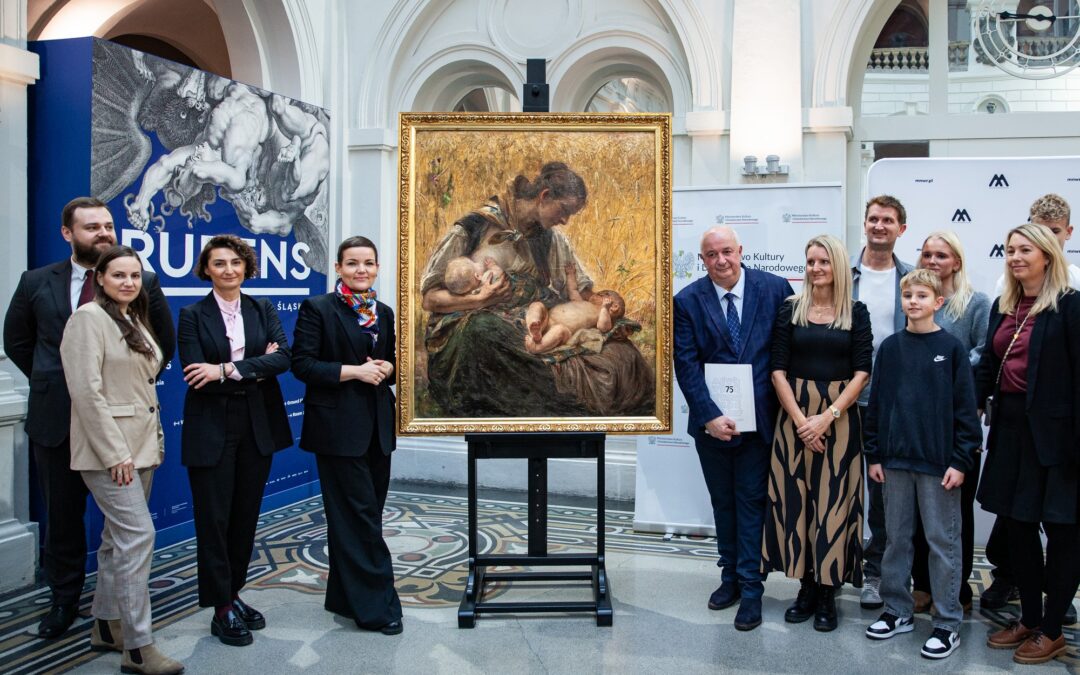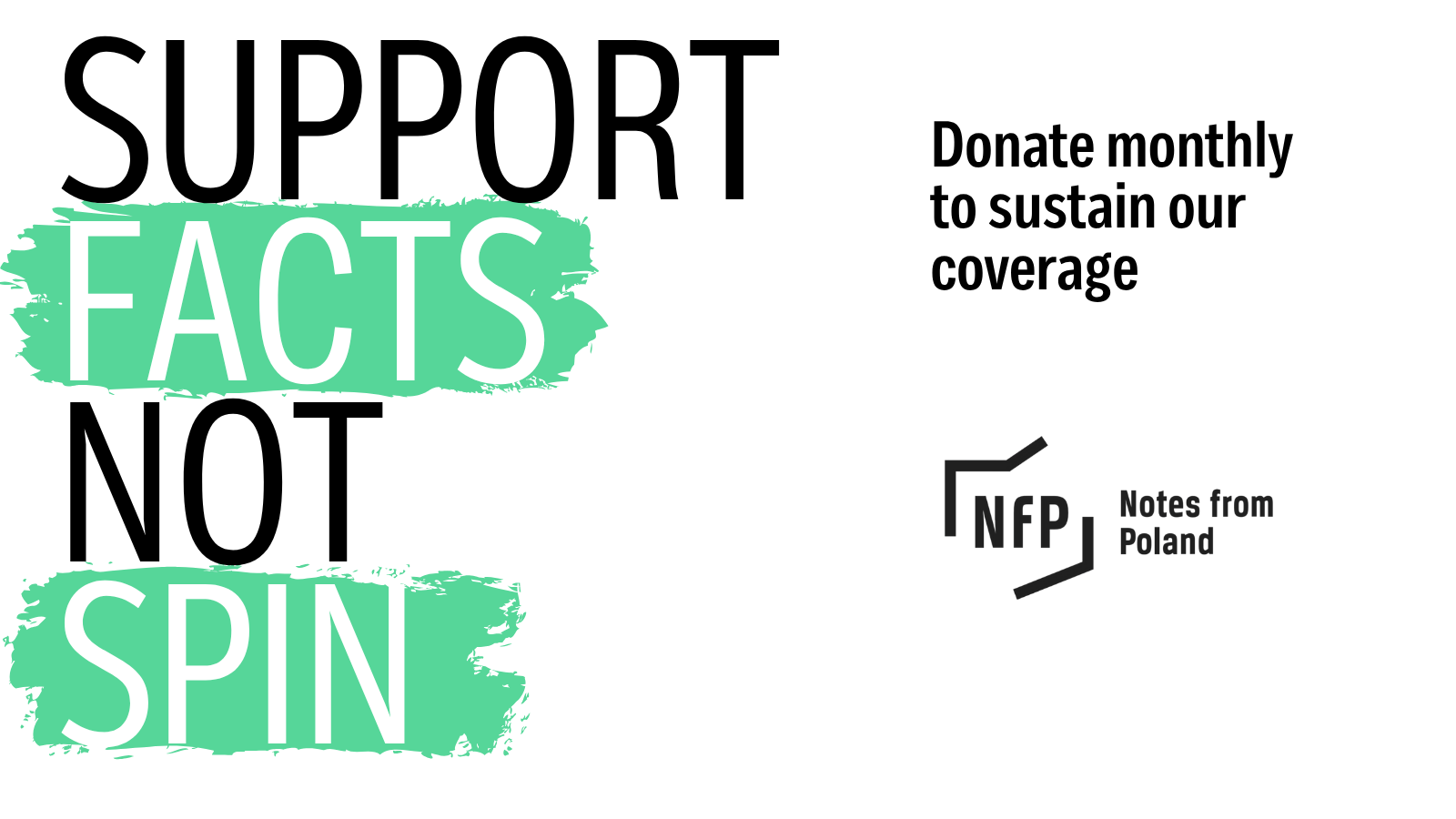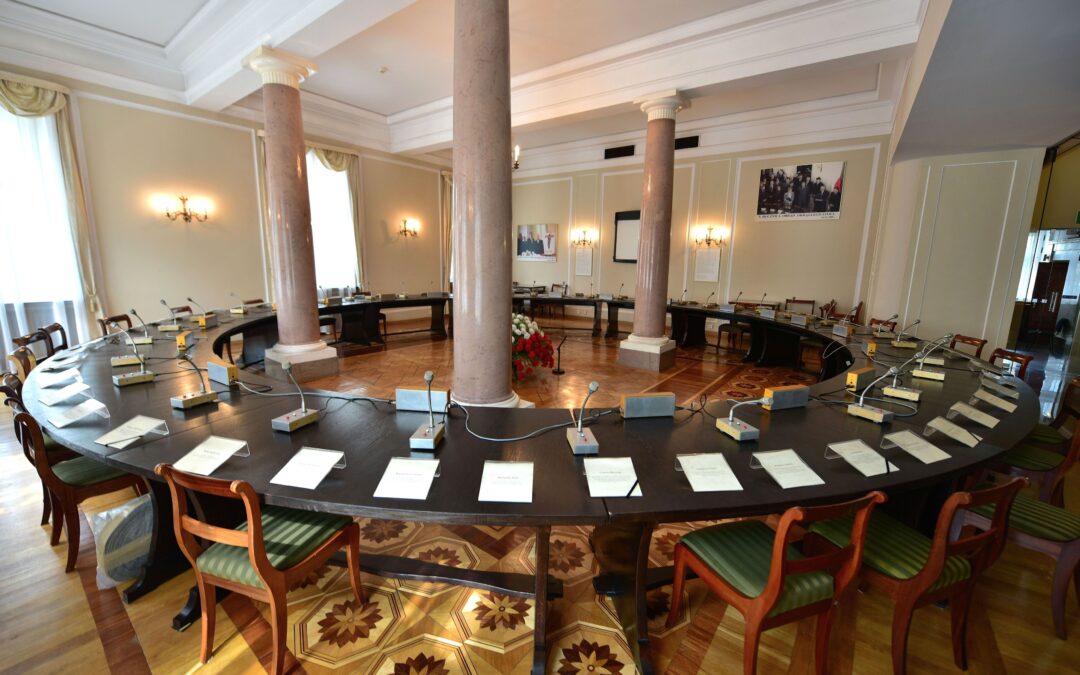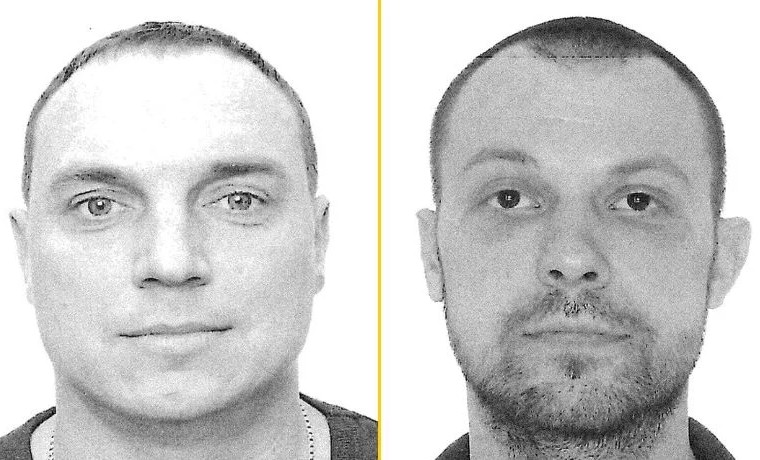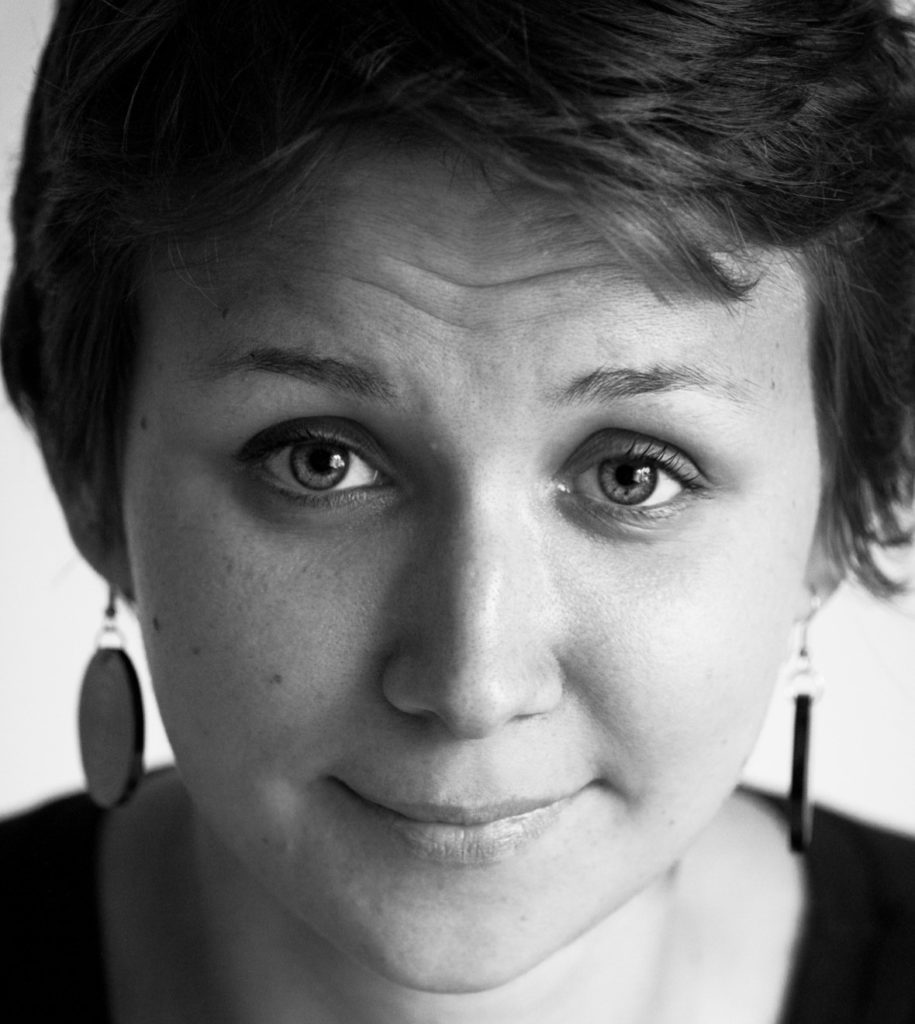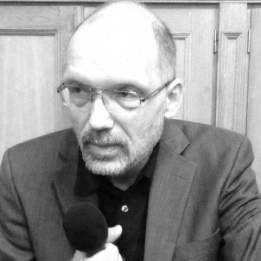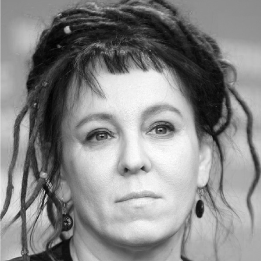Keep our news free from ads and paywalls by making a donation to support our work!

Notes from Poland is run by a small editorial team and is published by an independent, non-profit foundation that is funded through donations from our readers. We cannot do what we do without your support.
Poland has secured the return of a painting that disappeared in the aftermath of the Second World War. It was recovered after recently appearing at auction in Denmark, with its Danish owners agreeing to hand it back to Poland after learning its provenance.
While the return of cultural items to Poland – which saw hundreds of thousands of artistic and scientific works disappear in the war – is not unusual, the artwork in question represents a somewhat unusual case.
Before the war, it did not actually belong to Poland, having been located in what was then Germany. However, the area became part of Poland after the war, giving Warsaw the right to its cultural property. It also remains unclear exactly when and how the painting disappeared.
„Lato” wraca do Wrocławia. Zaginiony obraz Berthy Wegmann od dziś ponownie w @NM_Wroclaw.
Obraz „Lato”, namalowany przez duńską artystkę Berthę Wegmann na początku XX w., wrócił do Wrocławia. W 1906 r. dzieło zostało kupione przez Śląskie Towarzystwo Artystyczne i przekazane do… pic.twitter.com/R9dXd8739O
— Ministerstwo Kultury i Dziedzictwa Narodowego (@kultura_gov_pl) October 24, 2025
The work in question, called Summer, was produced by Danish artist Bertha Wegmann in 1906, most likely during a visit to the region of Lower Silesia, which was at the time part of Germany.
It was then purchased by the Silesian Artists’ Association (Künstlerbund Schlesien), which donated it to the Silesian Museum of Fine Arts (Schlesisches Museum für bildende Künste) in the city of Breslau (now known as Wrocław, and part of Poland).
During the interwar period, when Breslau was still part of Germany, the picture was loaned to Viktoriaschule, a prestigious school for girls in the city. This was most likely done as part of Nazi social policy, as the painting was seen as reinforcing the emphasis on fostering a culture of motherhood among young women.
It is unknown what happened to the painting after war broke out in 1939. However, in 1947 – when the city was now Wrocław and part of Poland – the artwork was reported as missing from the school.
Gazeta Wyborcza, a leading Polish daily, notes that it may appear odd for a painting that belonged to a German institution before the war to now be regarded as a Polish loss. However, under international agreements, Poland gained the right to cultural property in the territories it received after the war.
Poland’s culture ministry notes that the painting subsequently appeared on art markets in the United Kingdom, Israel and Denmark – as recently as this century in the cases of the latter two countries.
Poland has announced the return of four items looted in WWII and missing until recently being spotted at auction.
Hundreds of thousands of artworks and books disappeared during the German and Soviet occupations of Poland, and many remain unaccounted for https://t.co/Kqqxyp7IDU
— Notes from Poland 🇵🇱 (@notesfrompoland) September 29, 2025
However, because no photograph of the painting existed from before the war, it remained unrecognised. Eventually a detailed description of the work was entered into the Polish culture ministry’s database of wartime cultural losses.
Last year, the Art Loss Register, a separate international database of stolen art, informed Poland of the sale of a Wegmann work under the title Young Woman Breastfeeding Her Twin Infants in a Cornfield. The painting, which had a label in Polish on the back, had been put up for auction in Copenhagen.
The Polish culture ministry determined it was in fact the missing work, Summer. It also believes that the label on the back most likely indicates that the painting underwent conservation work in Poland after the war.
Two historical paintings stolen from Poland during the Nazi-German occupation of WWII, and which subsequently disappeared for decades, have been returned after being discovered at a museum in Spain https://t.co/QP5ls2ESYX
— Notes from Poland 🇵🇱 (@notesfrompoland) January 26, 2023
After receiving documentation of the painting’s provenance, the Danish auction house withdrew it from sale and its owners – Danish siblings who had inherited it and had no idea of its origin – agreed to return it to Wrocław, where it will be displayed at the city’s National Museum.
Speaking at the unveiling of the painting in Wrocław, Polish culture minister Marta Cienkowska expressed “special thanks to the family of the painting’s previous owners, thanks to whose kindness and understanding it was returned to us today”.
She notes that Poland has in recent years had increasing success in recovering lost cultural heritage. The ministry has completed 20 resitituion proceedings this year, resulting in the return of 23 items. Since 2008, a total of 805 works have been recovered.
However, hundreds of thousands of items remain missing since the war. Many were likely destroyed, but others are still believed to be held privately or in institutions around the world. The ministry is currently overseeing almost 200 restitution cases in 18 countries.
Poland has appealed to @UNESCO for help in securing the return of art and other cultural items looted by Germany during WWII.
"Today these things are in German homes, mansions, museums," says @arekmularczyk. "Germany has not yet been held accountable" https://t.co/cG5I1SLy68
— Notes from Poland 🇵🇱 (@notesfrompoland) December 17, 2022

Notes from Poland is run by a small editorial team and published by an independent, non-profit foundation that is funded through donations from our readers. We cannot do what we do without your support.
Main image credit: MKiDN (under CC BY-NC-ND 3.0 PL)

Daniel Tilles is editor-in-chief of Notes from Poland. He has written on Polish affairs for a wide range of publications, including Foreign Policy, POLITICO Europe, EUobserver and Dziennik Gazeta Prawna.
